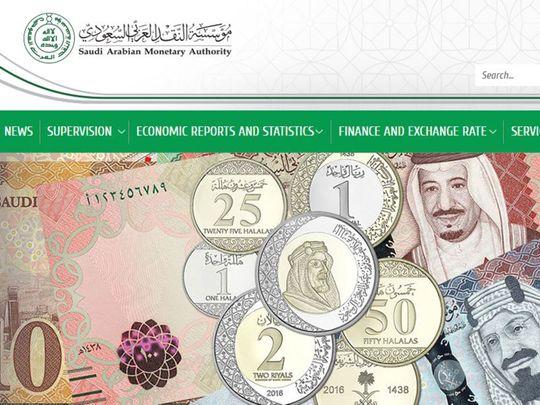Indian rupee to remain on an weak trajectory against UAE dirham
Babu Das Augustine, Business Editor
Dubai: Indian rupee has witnessed sharp declines against the UAE dirham ever since the Russia-Ukraine war broke out.
The rupee hit an all-time low of Dh20.99, lowest ever level against the UAE currency briefly on March 7.
The Indian currency managed to recoup some its lost ground for the rest of the week, largely driven by Reserve Bank of India’s (RBI) intervention in the market through additional supply of dollar.

The US dollar’s exchange rate to the rupee is reflected on the dirham because of the dirham’s peg to the dollar.
What is the trigger?
The rupee has witnessed some sharp fall in its exchange rate against the dollar ever since the war in Ukraine resulted in a spike in international crude oil prices. Earlier this week, the rupee slumped close to 77 per dollar mark as the crude oil bench mark Brent hit $130 a barrel briefly on March 6. Rupee is likely to remain weak as long as oil and energy prices remain high with India importing nearly 80 per cent of its energy requirements.
Increased dollar demand from oil importers have seen a sharp increase in forward premiums on dollar that is reflected in the forex markets.
It is not just war alone
Rupee’s current trajectory can’t be blamed on the war alone. The currency has been showing signs of depreciation even before the war.
Speculation of aggressive rate hikes by the US Federal Reserve amid a sharp increase in inflation in the US led to weakening of the rupee since the middle of February.
While the gaining strength of dollar against major international currencies in the context of a potential interest rate hike by the Federal Reserve, the Ukraine crisis has seen a sharp decline in risk apatite of foreign investors in Indian equities and bonds leading to large capital flight. Since the beginning of this year, foreign investors have pulled out roughly $13 billion from the Indian stock market adding to the woes of the Indian unit.
RBI’s dilemma
The RBI has the option to intervene in the foreign exchange market to prop up rupee by the selling dollars from its reserves in the interbank market.
In fact, the RBI is understood to have supplied the interbank market with $7 billion in dollar supplies last week through a $2 billion direct sale and $5 billion in rupee swap auction (through sale and repurchase agreement).
The RBI has more than $630 billion worth forex reserves as at the end of February. However the uncertainty around the war and the high fuel prices limits the central bank’s ability and willingness to deploy this to prop up the rupee.
It is unrealistic to expect the central bank to keep open ended market interventions when the inflation is on the rise and current account gaps are widening in the context of foreign capital exiting Indian equity markets at a rapid pace. Although the RBI may appear to have a large war chest to keep rupee strong, huge speculative pressure on rupee in the context of rising oil prices and weak domestic economic fundamentals could wipe out these reserves in a short span. Thus defending rupee for a longer period is costly option.
What is currency swap, how does it work?Currency swap is a liquidity management tool that central banks use to tame volatility in the currency market. It pumps dollar liquidity with a repurchase agreement into the interbank market by buying domestic currency when the inflation is rising and the currency is weakening.The swap auction can be done in the reverse also when there is shortage of liquidity in the system. The central bank then buys dollars from the market and releases an equivalent amount in domestic currency.Why is it desirable now?Currency swap works as both a monetary policy tool to reduce local currency liquidity and tame inflation while keeping the currency stable.When the central bank sells dollars, it sucks out an equivalent amount in local currency, thus reducing the liquidity in the system. Last Tuesday, the RBI conducted a $5.13 billion worth dollar-rupee swap auction as part of its liquidity management initiative, leading to infusion of dollars and sucking out of the rupee from the financial system.“The key to effective liquidity management is the ‘timing’ and having a nuanced and nimble footed approach that responds swiftly to the manner in which liquidity tilts,” the RBI said in the policy review in early February.The swap deals allow the central bank to sell dollars to banks and buy back after a specified period. Under the current circumstances currency swaps look desirable as it will reduce domestic inflationary pressures and strengthen the rupee. Going by the current market conditions, it is likely that the RBI will conduct more such auctions if rupee is hit by a big slides in the days ahead.Intervention to arrest the rupee slide is consistent with the reversal of the ultra-accommodative monetary policy, which many central banks have undertaken in recent months.